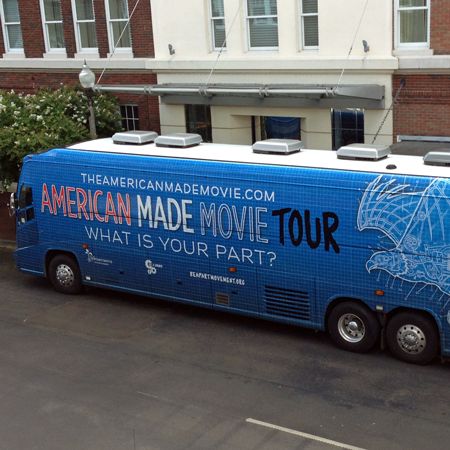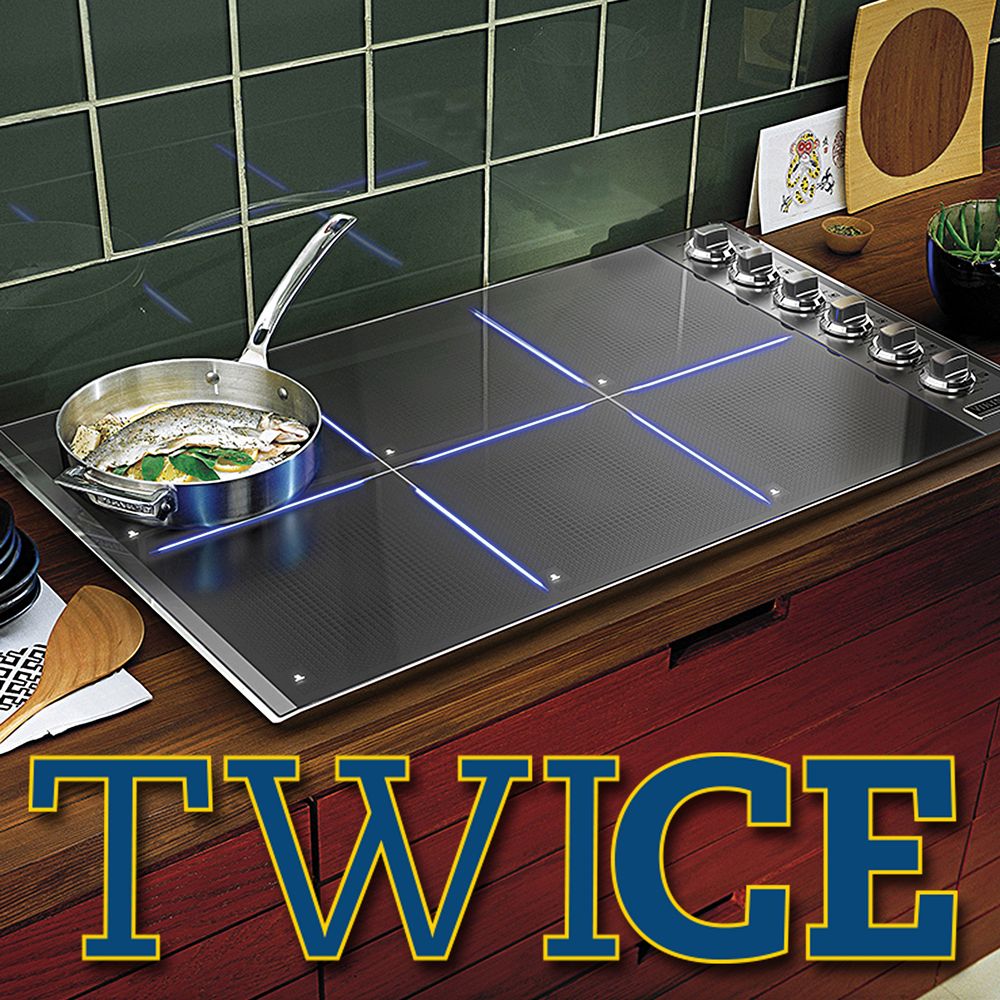Viking Has Starring Role in New Documentary

In the documentary American Made Movie, filmmakers Nathaniel Thomas McGill and Vincent Vittorio chronicle the decline of manufacturing in America. The film, however, isn’t just a tale of woe. The documentarians visit several American manufacturers that are thriving, such as New Balance shoes, which operates factories in Maine, and the appliance maker Viking Range, based in Mississippi. Bloomberg Businessweek tracked down McGill and Vittorio to learn more about the future of “Made in America.”
How did you come to make this film?
Vittorio: We both have a relationship to it, through our families. Nathan’s family worked as mechanics and assembly-line workers, and my wife’s family worked in the auto industry in Detroit. So we didn’t go into the subject completely blind. But through making the film, we got a broader understanding of the consumer and what role that consumer plays, and of the role that supply and demand plays.
When we started, we didn’t know if we were going to be telling just a totally depressing story. At one point, near the end, we thought we were done making the movie, and that it was going to end on an uncertain note for many of these subjects. But then things started changing. For example, Mark Andol’s American Made store started taking off. It was really humbling to be able to track that.
Your film has very specific ideas about bringing American manufacturing back. What do you suggest?
McGill: What we’ve discovered in making the film is that it’s really about changing the way people think about the products they buy. We’ve seen this happening, for example, with the organic and locally sourced food movement. We saw the rise of those labels, and it became a section in the grocery store. You don’t think of the people who buy American and the people who buy organic or locally sourced food as being the same types of people, but they’re both basically doing the same thing.
What about scaling beyond local goods, though?
McGill: The business community are consumers, too. When you think about someone looking at what items they’re going to buy for their business on a day-to-day basis, where they’re going to source their materials—if that happens closer to home, they’re going to have a stronger local economy, a stronger state economy, a stronger national economy. If they just go for the cheapest item all the time and don’t consider the impact on other businesses in the area, sooner or later there’s not going to be anybody to do business with.
What’s an example of a thriving American manufacturer?
Vittorio: One of the companies we feature is New Balance, which has made a commitment to American manufacturing. In terms of cost, Nike (NKE) is pretty close to New Balance: You’re not paying more for the American-made shoes. But in many cases the American-made product has better craftsmanship. And the money you spend on it goes back into the local community where it was made. After making this film, I will never look at a pair of shoes the same way. My shoes mean something more to me now, even though it’s just a pair of sneakers.
True, but the reality is that outsourcing is cheaper.
Vittorio: Look, you’re never going to be able to compete with labor prices. When it comes to labor costs, it doesn’t make sense on paper for New Balance to have factories here, because they can do it a lot cheaper somewhere else. But then think about the announcement that Wal-Mart (WMT) is now putting all this money into selling American-made goods. If people start buying that stuff, that will lead to more. In fact, I’ll bet you that in 10 years, Nike, or Adidas (ADS:GR), or one of those companies is going to be back here. They’ll realize, “If we can pay LeBron James however many millions of dollars to kiss our shoe, we can employ some Americans in a factory.”
You see it happening in the American military. Nike has this huge contract with the U.S. government, and all the soldiers’ shoes are made in China. And now people are questioning that. That’s also what happened with the U.S. Olympic team’s uniforms last year.
What do you say to the argument that manufacturing abroad has been a huge positive for developing nations?
McGill: One thing we didn’t get into in the film is the role other countries’ governments play in this. Every other country seems to have a plan. Someone you can go talk to and say, “So what’s our manufacturing plan, what’s our agenda here?” In the U.S., we don’t have a real good plan. Now if I’m a congressman, I can suggest, say, a tax plan to attract manufacturing to my area and put people to work. But meanwhile, someone might be passing a trade bill that will put those people out of business.
How has the perception of American manufacturing changed over the years? "Made in America" wasn’t always a sign of quality.
Vittorio: It might no longer take 100 workers to do what it takes five. But those five workers are not like those 100 before. They’re highly skilled, they know how to operate machinery, they’re engineers. So manufacturing today is very different than it was 40 years ago. The perception has changed, too, because there’s been this political focus on jobs. People understand that it’s about the betterment of the country. Plus, everybody likes a comeback story.
Article courtesy of Bloomberg Businessweek.


